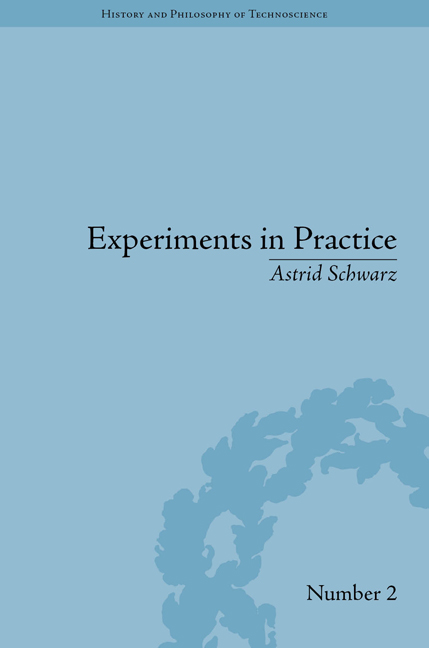Book contents
- Frontmatter
- CONTENTS
- List of Figures
- Introduction: Towards an Experimental Mode in Science, Society and Philosophy
- Part I Questioning the Scientific Method
- Part II Different Modes of Experimentation
- Part III Tirelessly Tinkering with Unruly Conditions
- Part IV Practising Experiments in a World of Environmental Concerns
- 10 Ecotechnology Complements Ecoscience: Probing a Framework
- 11 On the Pleasures of Ecotechnology
- 12 Conducting a Social Experiment: ‘Building with Nature’
- 13 Political Economy of Experiments
- Conclusion: Experiments in Practice – the Work of Experiments
- Notes
- Works Cited
- Index
11 - On the Pleasures of Ecotechnology
from Part IV - Practising Experiments in a World of Environmental Concerns
- Frontmatter
- CONTENTS
- List of Figures
- Introduction: Towards an Experimental Mode in Science, Society and Philosophy
- Part I Questioning the Scientific Method
- Part II Different Modes of Experimentation
- Part III Tirelessly Tinkering with Unruly Conditions
- Part IV Practising Experiments in a World of Environmental Concerns
- 10 Ecotechnology Complements Ecoscience: Probing a Framework
- 11 On the Pleasures of Ecotechnology
- 12 Conducting a Social Experiment: ‘Building with Nature’
- 13 Political Economy of Experiments
- Conclusion: Experiments in Practice – the Work of Experiments
- Notes
- Works Cited
- Index
Summary
There is something between us better than love: a complicity.
Marguerite YourcenarIn the previous section, we saw how the programme of ‘green nanotechnology’ appears to bring together two strands that have commonly been seen as contradictory: on the one hand ‘green’ represents strategies of preservation by referring to the lawful limits to growth – in short, by saying ‘no’. On the other hand there is the boundless space of ‘nano’ that is full of discursive and technical possibility and which elicits the pleasure of saying ‘yes’. Looking for a moment at this ‘no-but-yes’ situation, we can perhaps better understand the seductive power of a term like ‘green nanotechnology’. The promise of ‘green’ consists in part in its reference to the historical success of the environmentalist discourse, which seems to offer the possibility of saying no and therefore of bringing a limiting factor into play. However, as soon as it is brought into play, the notion of (unlimited) possibility introduced with newly emerging technologies – be it cabin ecology, nanotechnology or synthetic biology – draws us beyond these limits into a realm of technological opportunity. This difficulty of maintaining a ‘no’ while being pulled towards a ‘yes’ has also been given voice within environmentalist debates.
- Type
- Chapter
- Information
- Experiments in Practice , pp. 157 - 162Publisher: Pickering & ChattoFirst published in: 2014

